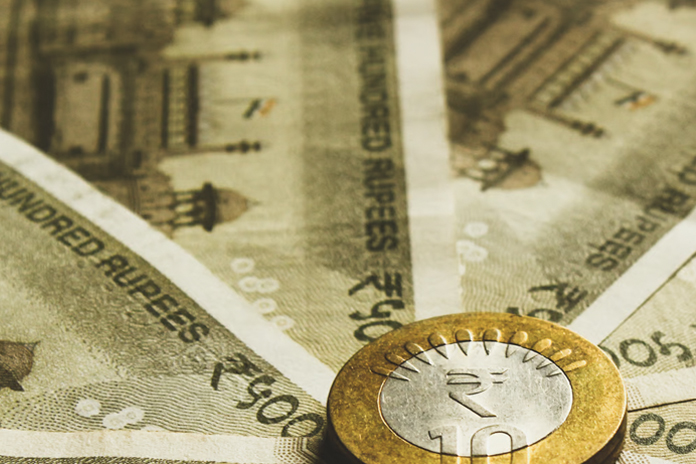New Delhi: India’s fiscal deficit for the first two months of the financial year 2025 (April-May) was recorded at Rs 50,615 crore, approximately 3 percent of the government’s overall target for the year, according to the latest government data.
The country has set an ambitious goal to reduce its fiscal deficit to 4.50 percent of the Gross Domestic Product (GDP) by the end of FY26, down from the 5.1 percent projected for the current financial year.
In terms of revenue, net tax collections for April-May stood at Rs 3.19 lakh crore, which is about 12 percent of the annual target. This marks an improvement from the Rs 2.78 lakh crore collected in the same period last year.
Concurrently, total government expenditure for April-May reached Rs 6.23 lakh crore, representing roughly 13 percent of the annual budget. This figure is slightly down from Rs 6.26 lakh crore spent during the same period in 2023.
The data revealed that the Centre’s spending was notably impacted by the Lok Sabha elections held during April and May. Government’s capital expenditure, crucial for building physical infrastructure, was Rs 1.44 trillion in the reviewed period, accounting for 13% of the annual target, a decrease from Rs 1.68 trillion a year earlier.
Amid these fiscal activities, Prime Minister Narendra Modi, now in his third consecutive term, continues to focus on addressing issues such as agricultural sector distress, job creation, and maintaining momentum in capital expenditure to boost revenue growth for fiscal consolidation.
Supporting these efforts, S&P recently improved India’s sovereign rating outlook to positive from stable, indicating a potential upgrade in the next one to two years, contingent on the government’s adherence to its fiscal deficit targets.
However, the lack of a single party majority in Parliament has raised concerns among economists about the potential for fiscal imprudence, with fears that the government might resort to populist measures to consolidate political support.
India’s fiscal settings have been a critical vulnerability in its sovereign ratings profile, according to global rating agencies. While S&P has hinted at an upgrade, both Fitch and Moody’s maintain a stable outlook, assigning India the lowest investment grade rating.
S&P has indicated that an upgrade could be possible if India significantly narrows its fiscal deficit such that general government debt falls below 7 percent of GDP on a structural basis.










